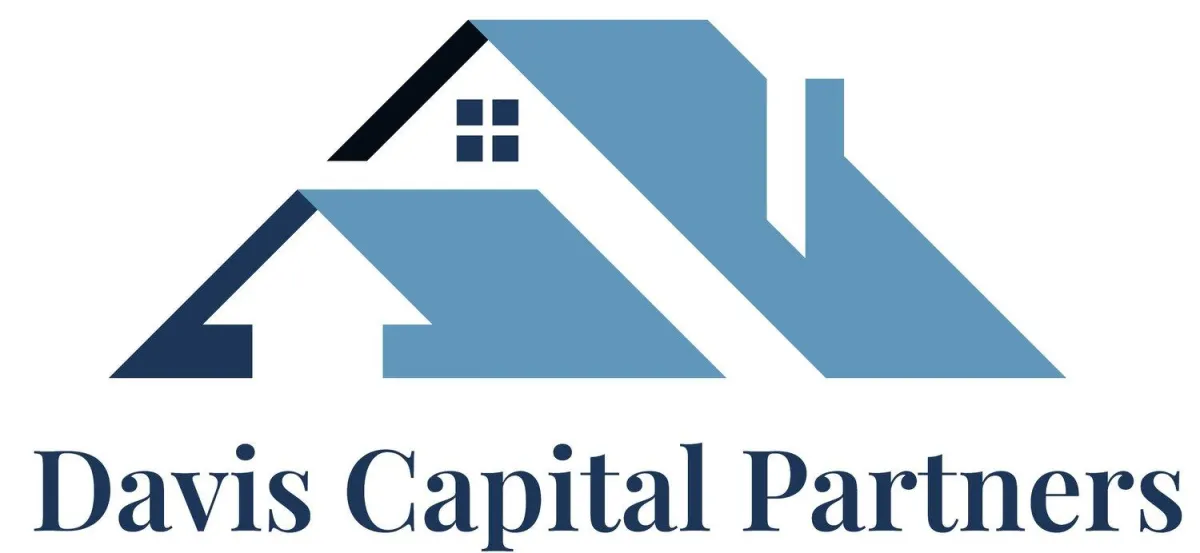Blog

Debt Service Coverage Ratio
What is DSCR?
DSCR stands for Debt Service Coverage Ratio, and is a way of measuring how well a property can pay off its debts from the income it generates.
The DSCR is calculated by dividing the net operating income (NOI) of a property by its annual debt service. The net operating income is the total income generated by the property, less all operating expenses (excluding debt service payments). The annual debt service is the total amount of principal and interest payments on any loans or mortgages secured by the property.
Why is it important?
A higher DSCR means a more profitable property and a lower risk of defaulting on the debt. A lower DSCR means a less profitable property and a higher risk of defaulting on the debt.
In apartment investing, a higher DSCR is generally preferred, as it suggests that the property has a stronger income stream and is better able to withstand any financial setbacks or changes in the market.
DSCR Values
A DSCR of 1.0 means that the property generates just enough income to cover its debt service payments, while a DSCR of less than 1.0 indicates that the property is not generating enough income to cover its debt payments. A DSCR of greater than 1.0 indicates that the property is generating more income than is required to cover its debt payments.
Lender Requirements
Lenders typically require a minimum DSCR before they will lend money for the purchase of an apartment property, with 1.2 being a common minimum requirement.
Investors may also use the DSCR to compare the potential returns of different apartment properties and make more informed investment decisions.
Example 1:
Let’s say you are interested in buying an apartment property that has a net operating income of $100,000 per year and an annual debt service of $80,000.
To calculate the DSCR, you would divide $100,000 by $80,000 and get 1.25. This means that the property generates 25% more income than it needs to pay off its debt. This is a good DSCR and indicates that the property is profitable and has a low risk of defaulting on the debt.
Example 2:
Let’s say you are interested in buying another apartment property that has a net operating income of $50,000 per year and an annual debt service of $60,000.
To calculate the DSCR, you would divide $50,000 by $60,000 and get 0.83. This means that the property generates 17% less income than it needs to pay off its debt. This is a bad DSCR and indicates that the property is unprofitable and has a high risk of defaulting on the debt.
Remember, I’m not a CPA, Financial advisor or a Tax Attorney, so take the things you’ve learned here as inspiration for more research and food for thought, as you further examine the most efficient way to move toward your lifestyle and investment goals.

No Offer of Securities—Disclosure of Interests. Under no circumstances should any material at this site be used or considered as an offer to sell or a solicitation of any offer to buy an interest in any investment. Any such offer or solicitation will be made only by means of the Confidential Private Offering Memorandum relating to the particular investment. Access to information about the investments is limited to investors who either qualify as accredited investors within the meaning of the Securities Act of 1933, as amended, or those investors who generally are sophisticated in financial matters, such that they are capable of evaluating the merits and risks of prospective investments.
© 2025 Davis Capital Partners. All Rights Reserved.

